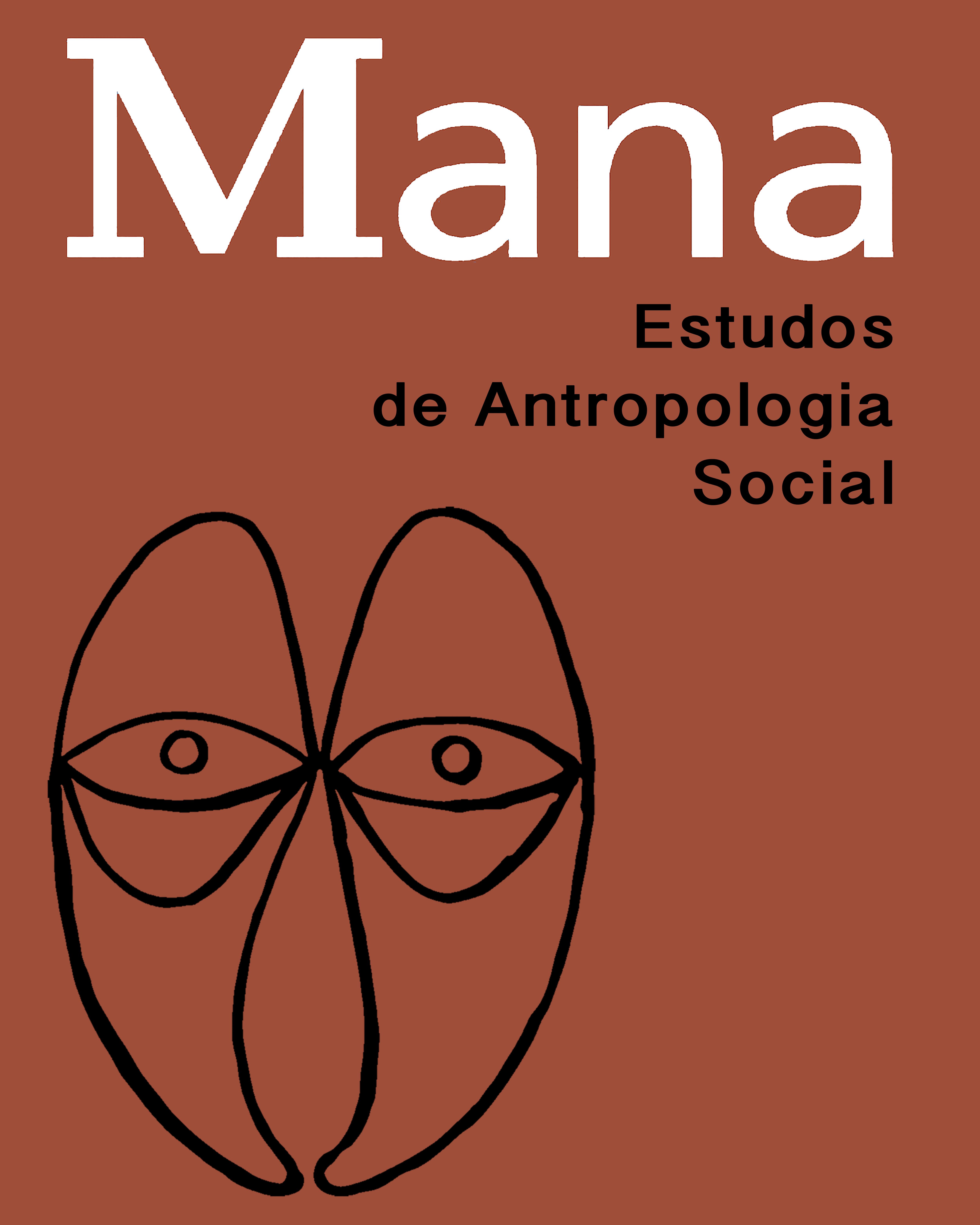Abstract
This article investigates the comparison made by a young mamaindê man (a Nambikwara group from northwestern Mato Grosso) between his body ornaments and the identity card. The importance that the Mamaindê attribute to these objects is linked to the dangers that stem from the possibility of losing them in certain situations. Where body ornaments are concerned, it is the consequences of having them stolen by the spirits of the forest that is emphasised. Where the identity card is concerned, it is the danger of relating to the police that is emphasized. The comparison is thus drawn not only between body ornaments and identity cards, but also between the spirits of the forest and the police. My aim is to consider these two comparisons established by my informant in light of Mamaindê ethnography. I will demonstrate that these comparisons indicate that the identity card is like a body ornament, as the latter are conceived by the Mamaindê, rather than the other way around. I argue that, for this Nambikwara group, the identity card is related to notions of alterity and transformation and not identity and representation.
Key words: Body ornaments; Documents; Identity card; Nambikwara/ Mamainde; Person

 CARTEIRA DE ALTERIDADE: TRANSFORMAÇÕES MAMAINDÊ (NAMBIQUARA)
CARTEIRA DE ALTERIDADE: TRANSFORMAÇÕES MAMAINDÊ (NAMBIQUARA) Thumbnail
Thumbnail
 Thumbnail
Thumbnail

